All about the storage temperature of potatoes
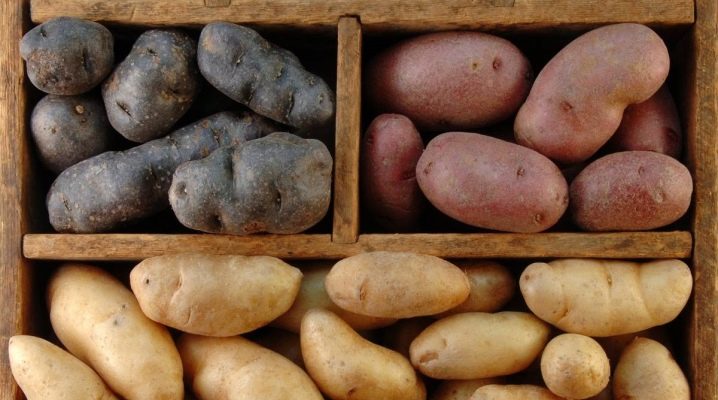
Many are interested in the temperature at which potatoes should be stored so that they do not deteriorate and do not sprout. This question is especially interesting for those who have their own cellar or basement. The optimal conditions for storing potatoes are around 2-3 ° C and humidity around 80%.
If it is too warm in the cellar in winter, then it will seem to the potatoes that spring has already come, as a result, it will sprout. If the temperature is lowered too much, then the starch in the potatoes will begin to turn into sugar. At subzero temperatures, the potatoes begin to freeze and deteriorate. The article will talk about how to create the best conditions for storing potatoes.
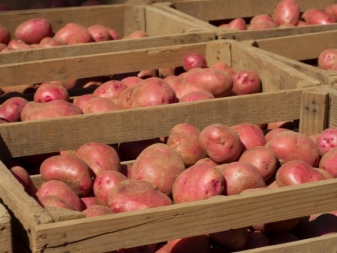
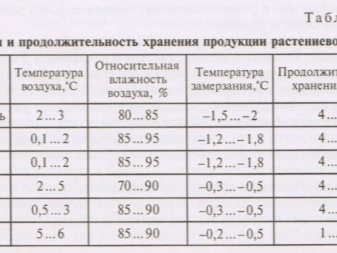
Influence of temperature
Storing potatoes in a cellar is challenging due to the large amounts of starch and water in the root vegetables. It is because of these features of potatoes that its storage in winter becomes much more difficult, it is necessary to better maintain the conditions, temperature and humidity in the room.
The cellar must not freeze or overheat. In order for this not to happen, you need to protect it well from the external environment and external temperature indicators. You need to take care of this even before you harvest a fresh crop. If the cellar is located separately, then, most likely, it will not overheat in winter, but it can freeze over. If the cellar is covered with snow, it will be very cold in it.
If the location of the cellar allows, you can build a small room above the cellar, thanks to which it will not come into contact with the environment and temperature, the cellar lid will not be covered with snow. This ensures that the temperature will not vary too much.
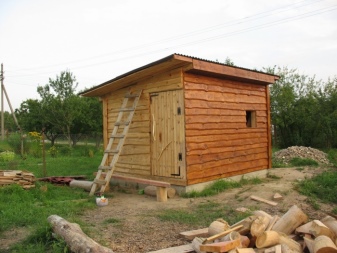
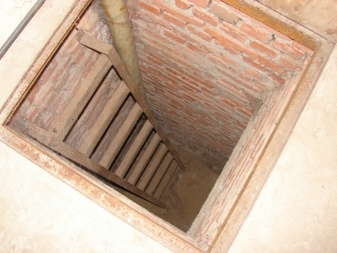
You can insulate the entrance to the cellar using foam or any other material that is suitable for thermal insulation. The lid must be closed as tightly as possible.
If you have a deep cellar, then you can make two hatches for it, between these hatches an air cushion will be formed, which will help keep the temperature.
It is good to insulate not only the entrance to the cellar, but also its floors, for this, foam or other material is used.
If you want to additionally warm the cellar, then several lamps can be placed in it. When the temperature drops, you can turn on these lamps, a temperature sensor can also help with this. If the lamp is intended for heating only, it should be painted over with a dark varnish.
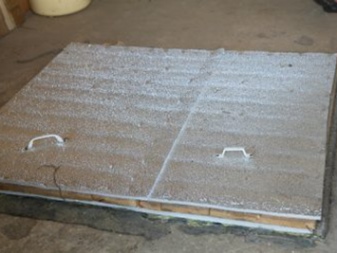
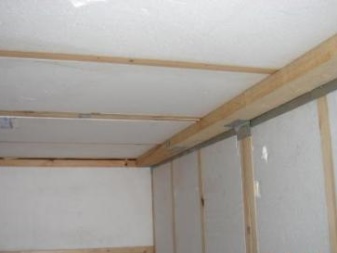
In addition, you can save potatoes by ventilation... Cold air will come from the street, it will not allow the potatoes to germinate sooner than you need.
There should be no excess moisture in the cellar, for this you need to perform waterproofing. Place a container in each corner of the cellar where quicklime or a substance that can absorb water will be poured.
Before you put vegetables in the cellar, you need it thoroughly ventilate and dry, and also carry out the treatment of the entire room from insects. Disinfection of the premises will be especially useful.
For proper storage of potatoes, you can make special boxes for it that will keep it for the whole winter.
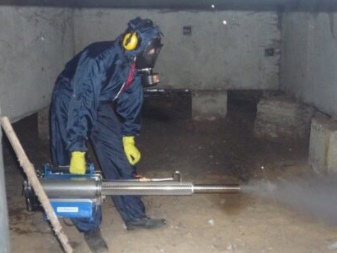
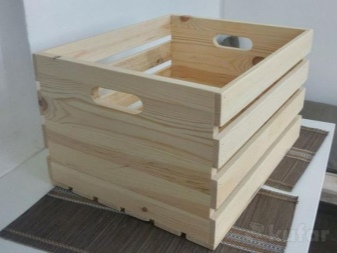
Optimal temperature conditions
The temperature in the cellar should be optimal. If you knock down the temperature too much, then the potatoes will either freeze or sprout. It is worth remembering that the preservation of potatoes will depend not only on what variety and storage conditions you choose, but also on how the crop will be harvested. In terms of conditions, the best storage temperature for potatoes is 2-3 ° C, which should be kept. The ideal storage temperature may vary depending on the variety, as will be discussed below.
There are situations when severe frosts set in, and the temperature in the cellar becomes below zero. In this case, the best solution would be to cover the potatoes with straw or shavings, you can also use other materials. Only in this way the potatoes will not freeze, and will delight you all winter.

There are also special moisture indicators at which potatoes should be stored. Humidity should not be one hundred percent, 80 or 95% is enough. If the humidity is higher, then some of the potatoes will simply be covered with moisture, because of this, it will begin to rot.
In order to prevent high humidity in the cellar, you need to ventilate it regularly. If the situation does not allow, then you can get rid of moisture using special means. There are many fillers that are excellent at absorbing excess moisture. There is an interesting way to protect potatoes from moisture - you just need to pour beets upstairs, all the moisture will settle on the beets, while the potatoes will be safe. In this case, the beets will not even deteriorate, since moisture does not affect it.
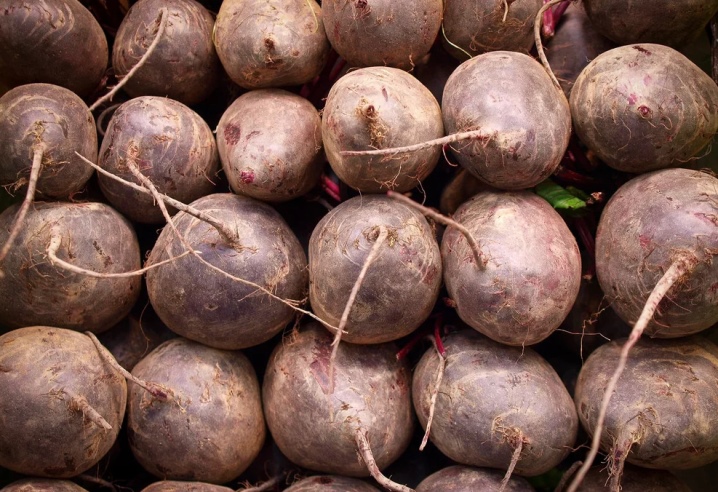
Minimum and maximum rates
If we talk about the minimum allowable temperature for storing potatoes, then it is very simple, it is 0 ° C, it is at this temperature that starch begins to turn into sugar, which spoils the potatoes, at sub-zero temperatures freezing occurs.
With the maximum temperature, everything is much more complicated, it is simply impossible to determine it exactly. Everything will depend on some factors that are definitely worth paying attention to.
Potatoes can easily be stored for one to two weeks at temperatures that will be even higher than room temperature, while the room may be high humidity, this will not interfere with the normal storage of potatoes. Risks in this situation are moisture loss and tuber sprouting. To prevent potatoes from sprouting prematurely, they must be stored in a very dark place.
Sometimes there are situations that do not depend on the person, for example, he can break through a pipe with hot water. If such water gets on or near the potato, then the vegetable can withstand a short impact. Potatoes are not afraid of high temperatures, in general they can withstand up to 80 ° C. These potatoes will no longer be able to sprout, but at the same time the tubers can be eaten, the taste will not deteriorate.

If we talk about the duration of storage of potatoes, then until the new year the potatoes do not germinate and are in a calm state, and their storage is much easier than in spring under the same conditions.
At what temperature should the different varieties be stored?
There are many different varieties of potatoes, and they all have different storage conditions, different germination rates. There are varieties that are most suitable for long-term storage in winter. They ripen late to medium and have yellow flesh. There are situations when people plant different varieties of root crops. If you have a variety of potatoes in your cellar, then you should divide them into different containers. Early-ripening potatoes are stored as badly as possible, even when ideal conditions are created for them. Such potatoes sprout very quickly in the cellar, as a result, it is impossible to eat them.
If the potato is just dug up, it has a delicate skin, then such a potato will not last long, it will deteriorate very quickly. After the potatoes are ripe, their peel becomes dense and firm, such varieties can lie with you for about six months. The latest varieties of potatoes can lie even until June, this is the best option if you are going to store potatoes all winter.
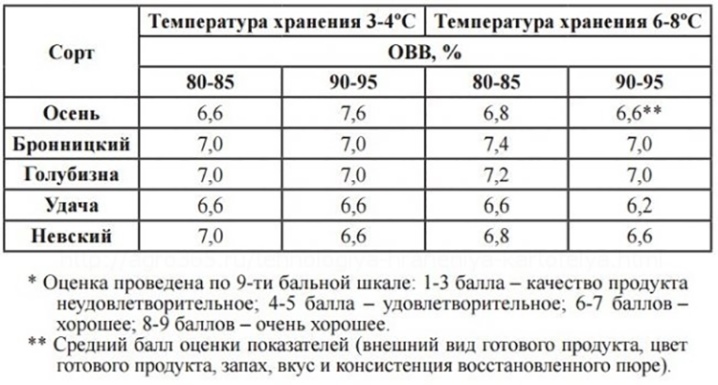
Control methods
Control methods will depend on where you store your potatoes. Different ways of storing potatoes will be discussed below.
In the cellar and basement
The most popular and easiest option is to store potatoes in bulk on the bottom of the barrel. In this case, you don't even need to invent anything, the potatoes are simply poured onto the bottom. However, this storage method has some nuances.
You cannot put potatoes in the bottom-bottom bottom-hole - there must be slots on the boards through which the air will move.
The potatoes should be poured into the bushings as carefully as possible, in no case should the peel be damaged, the layer of potatoes should not be large, no more than 2 m.
Of the advantages of this storage method, we can highlight the fact that this method does not require effort and investment. Of the disadvantages of the method, one can single out the fact that the potatoes can go bad too early. If at least one tuber begins to rot inside the heap, another potato will also begin to rot. If you don't watch this regularly, you can be left completely without potatoes.
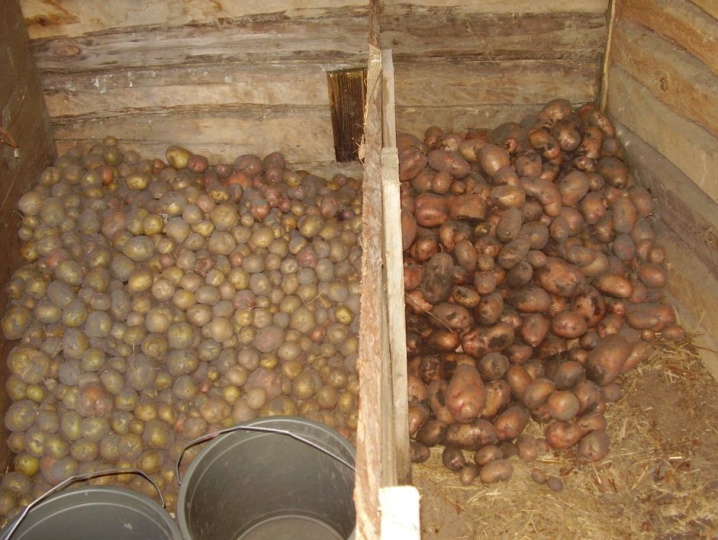
You can also store potatoes in boxes. This method involves sprinkling potatoes into boxes, they can be made of wood or polyethylene, and air must pass between the boxes.
Of the advantages of this method, one can single out the fact that a huge amount of potatoes will fit in the cellar, since the boxes can be stacked on top of each other. Keeping an eye on the boxes is very easy - if potatoes start to rot there, you will immediately notice it. If you do not notice rotting potatoes, you still will not be left without tubers, if potatoes start to rot in the box, then it will not spread further.
Of the minuses, one can single out the fact that you have to pay for the boxes. In addition, it takes quite a long time to sort the potatoes into boxes, but this method of storage fully justifies itself.
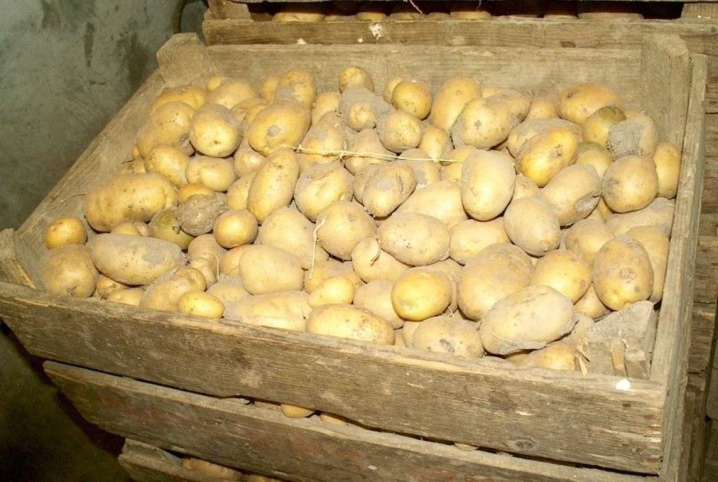
On a closed balcony
Naturally, the best way to store potatoes in an apartment is a refrigerator. However, a lot of potatoes will definitely not fit in the refrigerator, so you have to come up with something else.
That is why people start storing potatoes right on the balcony, you can even place potatoes in bags. Storage in bags is only suitable in September and October. The potatoes will be warm enough to store comfortably. In case of frost, old warm clothes can be thrown over the bags; blankets and jackets, any other fabric products can be used for this. In addition, you can use special covering materials that can be easily purchased at any hardware store. Two to three layers of covering material will be sufficient for storing potatoes.
If the balcony is glazed, then bagged potatoes can lie on the balcony in November.
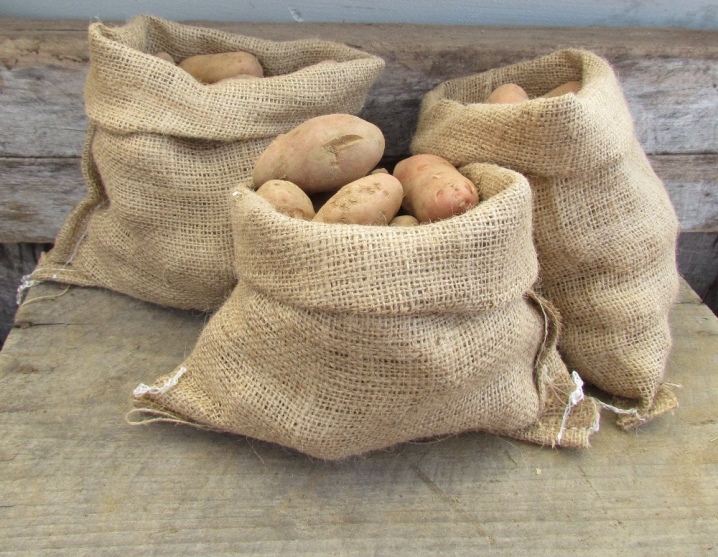
If the balcony is not glazed, then as soon as the cold weather sets in, the potatoes need to be moved to the apartment, it can lie there for about a month, perhaps more. However, the potatoes need to be placed in a dark and fairly cold place, a place near the doors is suitable, and potatoes are often placed under the sink or in the closet.
If you have potatoes at home, and they are already starting to sprout, then you just need to put dried mint in the bag, it is this plant that can slow down germination. You can also store potatoes in the garage
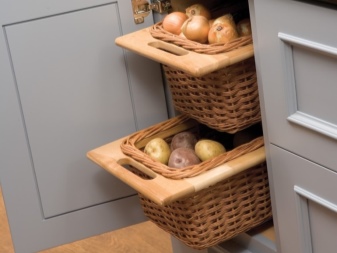
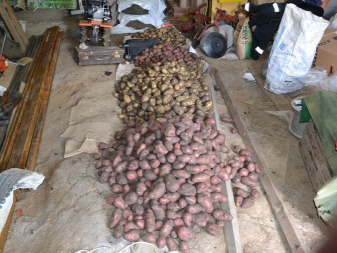
In a specialized vegetable store
Naturally, this method is not suitable for those who grow potatoes only for personal use, ordinary people do not have a personal vegetable store. However, if you are a potato grower, then it is best to raise funds and once build a special vegetable store in which the potatoes will be stored in ideal conditions. It has all the devices to control temperature and humidity, it has heating, cooling and ventilation systems. Controlling the temperature in the storage allows the potatoes to lie there throughout the winter, where the best temperature is maintained for storing potatoes.
If we talk about specialized vegetable stores, then ventilation there will depend on what temperature is outside. If the temperature behind the vegetable store is above 0 ° C, then outside air is taken into the room. If the outside temperature is below 0 °, then only the air that is inside the vegetable store is used.
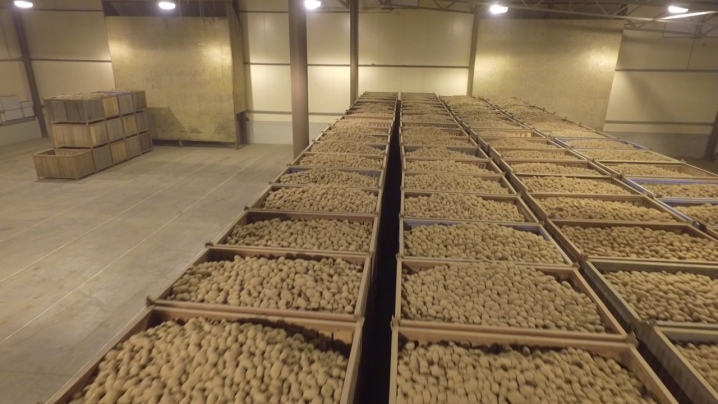
It is still better to store potatoes in a vegetable store rather than at home. Only there it will be preserved in ideal conditions. If you prefer to store potatoes in the cellar or on the balcony, then try to create ideal conditions for the potatoes in which they will stay all winter.













The comment was sent successfully.